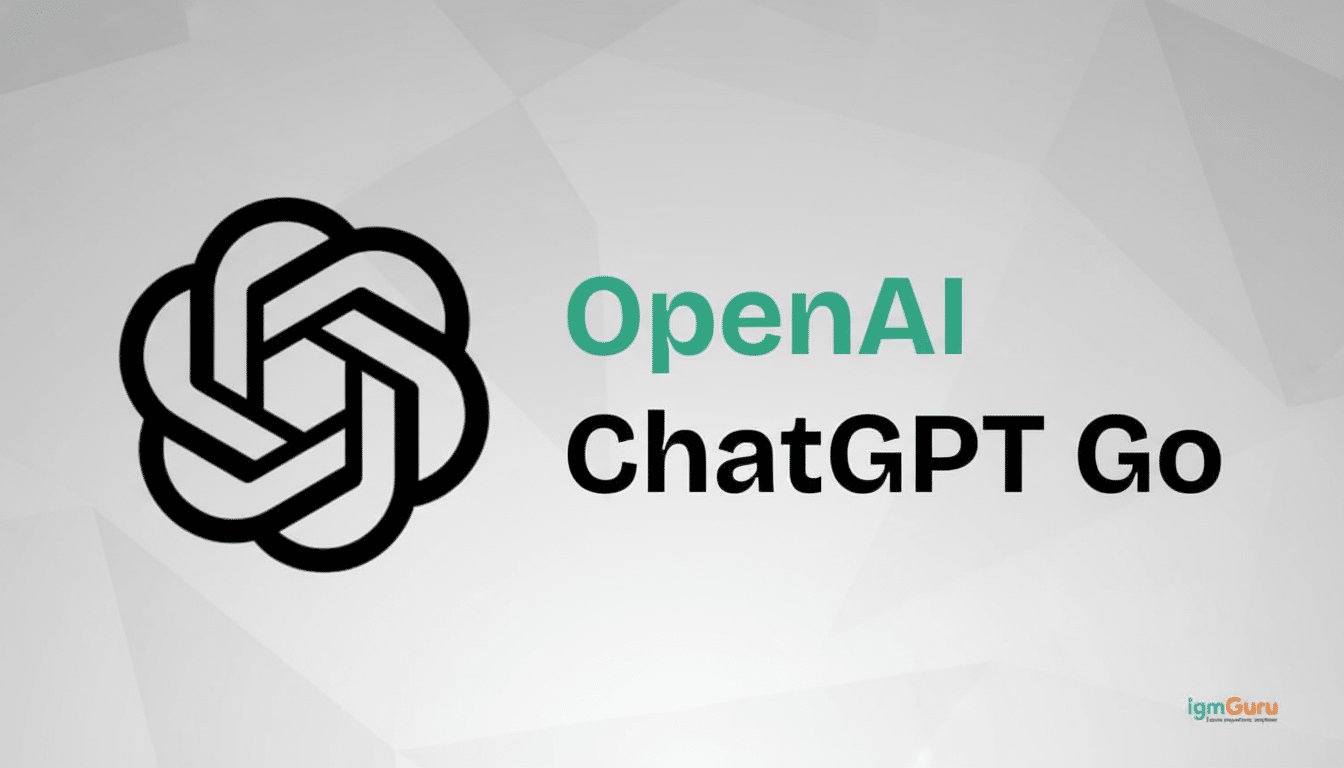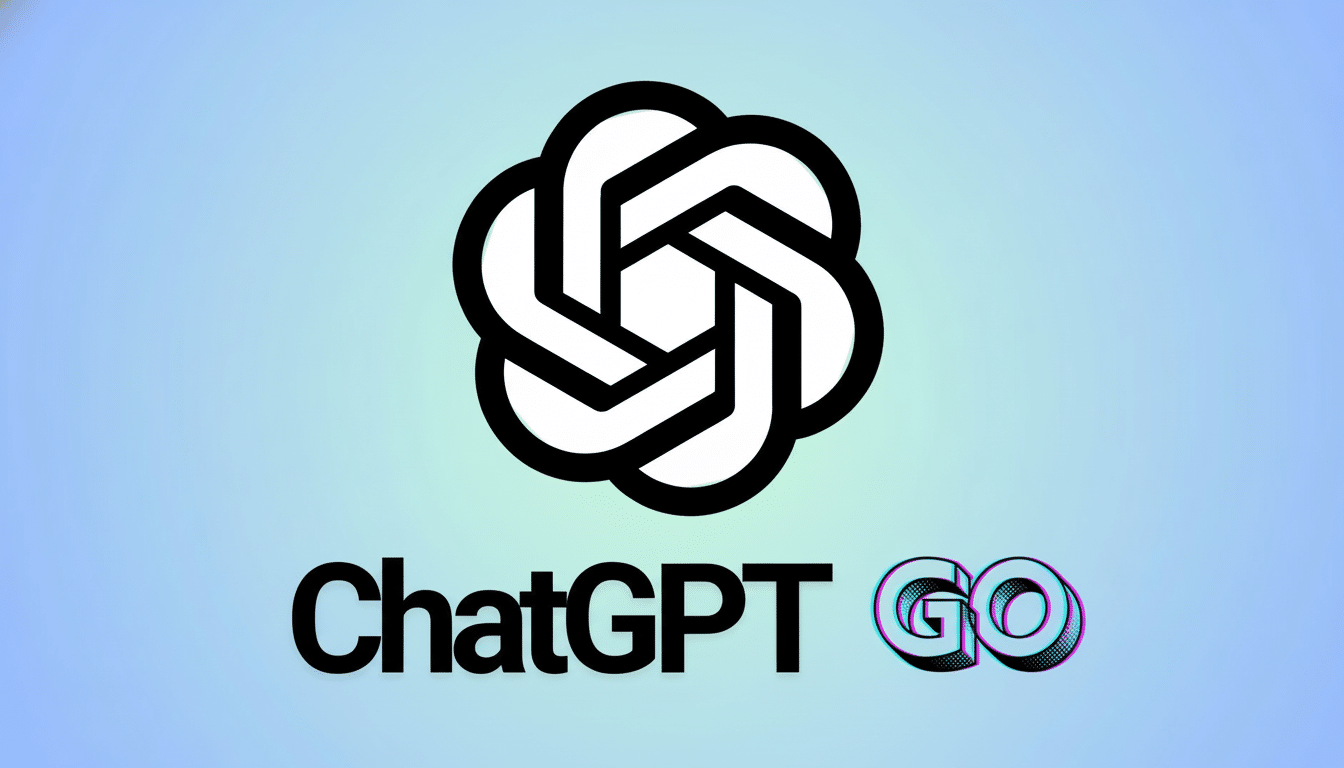OpenAI has also rolled out a less expensive subscription, ChatGPT Go, aimed at users who are interested in more than what is offered from the free tier but don’t want to pay for a premium plan. The new offering began in India and is now being pushed out to 16 other markets, reports The Verge, taking availability to 18 countries in total at about $10 a month.
The move opens up access to the company’s most popular chatbot features at a price point targeted toward students, freelancers, and small teams in cost-sensitive regions.
- What ChatGPT Go Includes in Its Lower-Cost Plan
- How It Fits Between Free and Plus Subscription Tiers
- Where ChatGPT Go Is Offered First and How It Rolls Out
- Who Benefits Most From the ChatGPT Go Plan and Why
- Competitive Context and Market Signals for AI Pricing
- What to Watch Next as ChatGPT Go Expands Internationally

The plan to offer what an OpenAI product manager outlined as “our most used ChatGPT features at a lower price point” was first detailed on X.
What ChatGPT Go Includes in Its Lower-Cost Plan
ChatGPT Go extends the free offering with more features that many would have previously found at higher tiers. The plan involves image generation, file uploads with real-time in-chat analysis, and Python-powered data tools to interact with spreadsheets, PDFs, and charts. It provides more persistent memory to keep context across multiple exchanges.
Most importantly, Go has access to OpenAI’s latest flagship chat models during peak times, so users are less likely to get throttled when demand is high. In practice, that results in faster and more consistent responses and better support for multimodal prompts — analyzing an image or document alongside a question, for example.
How It Fits Between Free and Plus Subscription Tiers
OpenAI now has a clearer ladder of service: Free, Go, and Plus. The free tier is still a good place to start, but you can run into usage limits while also not necessarily supporting the latest models or advanced tools such as data analysis. ChatGPT Go takes those ceilings and removes some of the locks on crucial features at a significantly reduced monthly price.
For single users, ChatGPT Plus — priced at about $20 a month — still ranks as best in class. Plus, for the most part, offers higher limits on usage, priority performance (we’ll explain this in more detail below), early access to new features, and greater flexibility across a wider range of model options. For most, Go should be enough; for power users, Plus is probably the best solution.
Where ChatGPT Go Is Offered First and How It Rolls Out
OpenAI says it is rolling ChatGPT Go out slowly to 18 countries. Those countries include India, Afghanistan, Bangladesh, Pakistan, and Indonesia, with others to come. The company has underscored a phased rollout, and some users will have the new plan show up in their app or web settings faster than others.

It is this implicit marginal cost and the fact that the majority of those users are in South Asia and Southeast Asia, where mobile-first usage and price sensitivity define adoption, that has driven Crux Labs to date. OpenAI has stated that it will expand availability to other countries as payment infrastructure and compliance issues are addressed.
Who Benefits Most From the ChatGPT Go Plan and Why
The natural audience is students who need data analysis for classwork, independent professionals accustomed to summarizing documents, and small businesses looking for reliable access without a premium bill. It’s in some of these lower average monthly income markets that a ten-dollar tier can make the difference between giving an AI assistant a shot at all, and ignoring it.
And beyond cost, the mix of features is important too. For instance, rather than extracting time from precious lesson planning to kick off a quiz about the French Revolution while your students can’t access their browsers, you could upload the materials once and use Go to leverage what they already have in hand (like their login information).
Competitive Context and Market Signals for AI Pricing
The shift toward lower-priced AI tiers is a trend sweeping through vendors vying for global growth. Google has increasingly been making paid AI tools more widely available in other countries, and industry observers at IDC say price will play a big factor in the widespread usage of generative AI outside North America. With Go, OpenAI is sending a message that it wants to go where the users are — on budget, and on mobile.
For makers, the broader access also raises old questions for policymakers and educators about digital literacy and safe use. Groups like UNESCO have called for training and transparency as AI tools proliferate. A mid-tier plan that extends into classrooms and microbusinesses will make those conversations more immediate, and more practical.
What to Watch Next as ChatGPT Go Expands Internationally
OpenAI says the rollout will be slow, so anticipate staggered availability and changing limits as the company tunes capacity. Then watch how Go’s capabilities change over time — particularly in the area of memory and file handling — as OpenAI dials demand up or down across Free and Plus.
For now, the headline is straightforward: ChatGPT Go makes core premium features accessible to more people for around $10 a month. If you’ve felt the free tier is too limited and the top one too expensive, this middle lane was built for you — and it’s launching in 18 countries to start, with more on the way.

